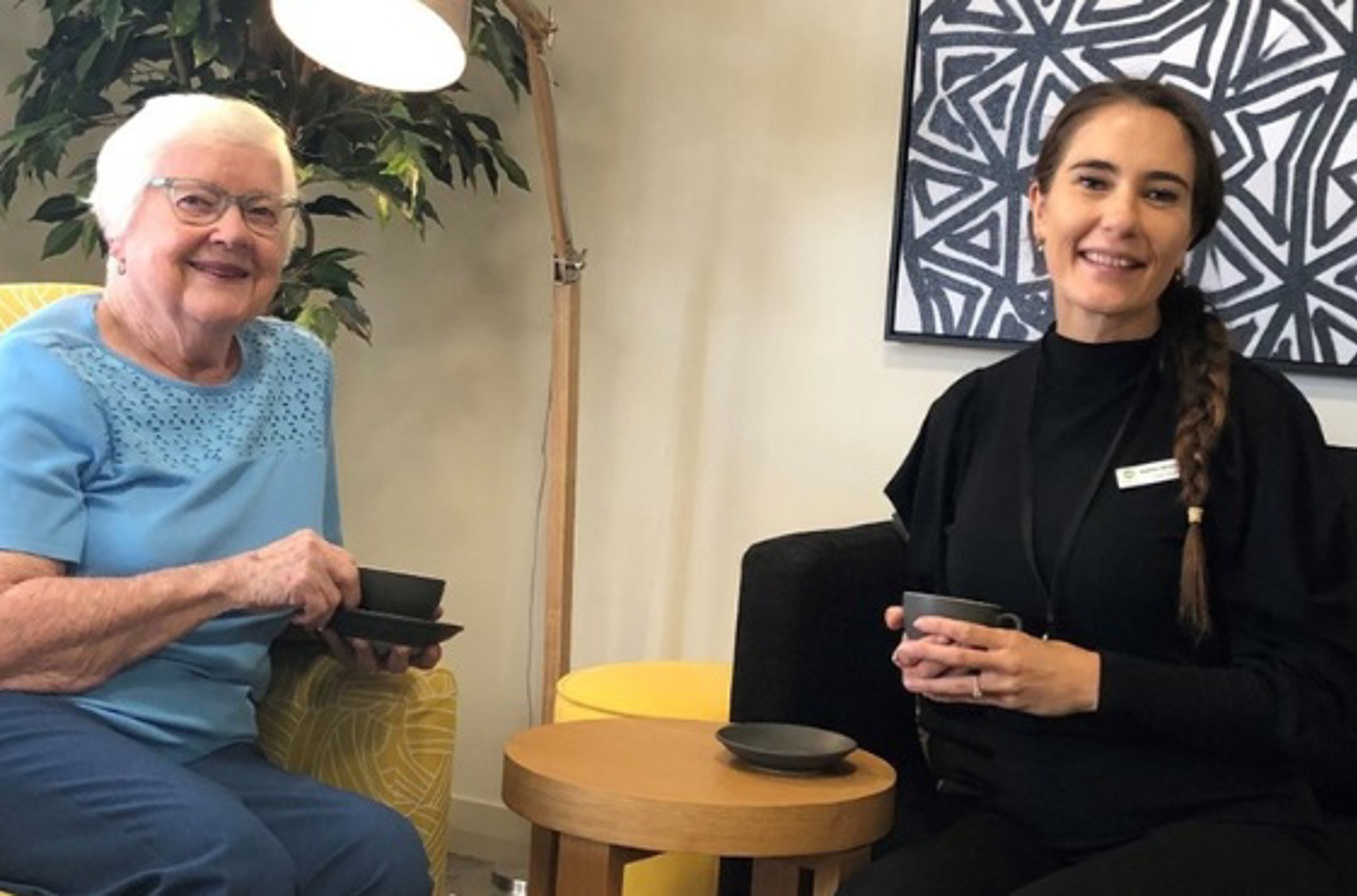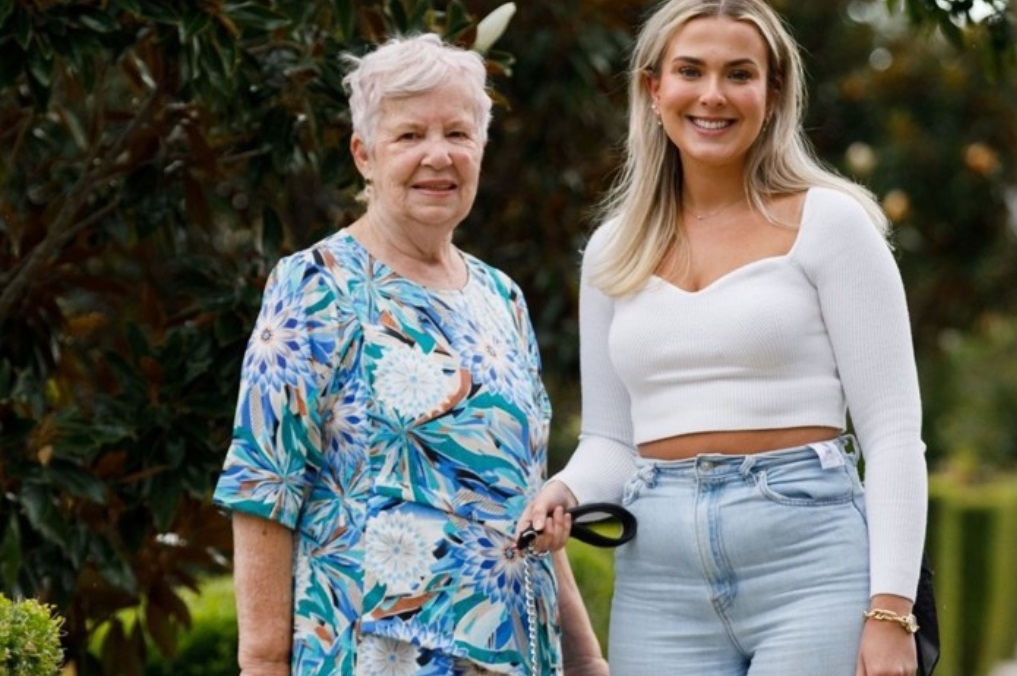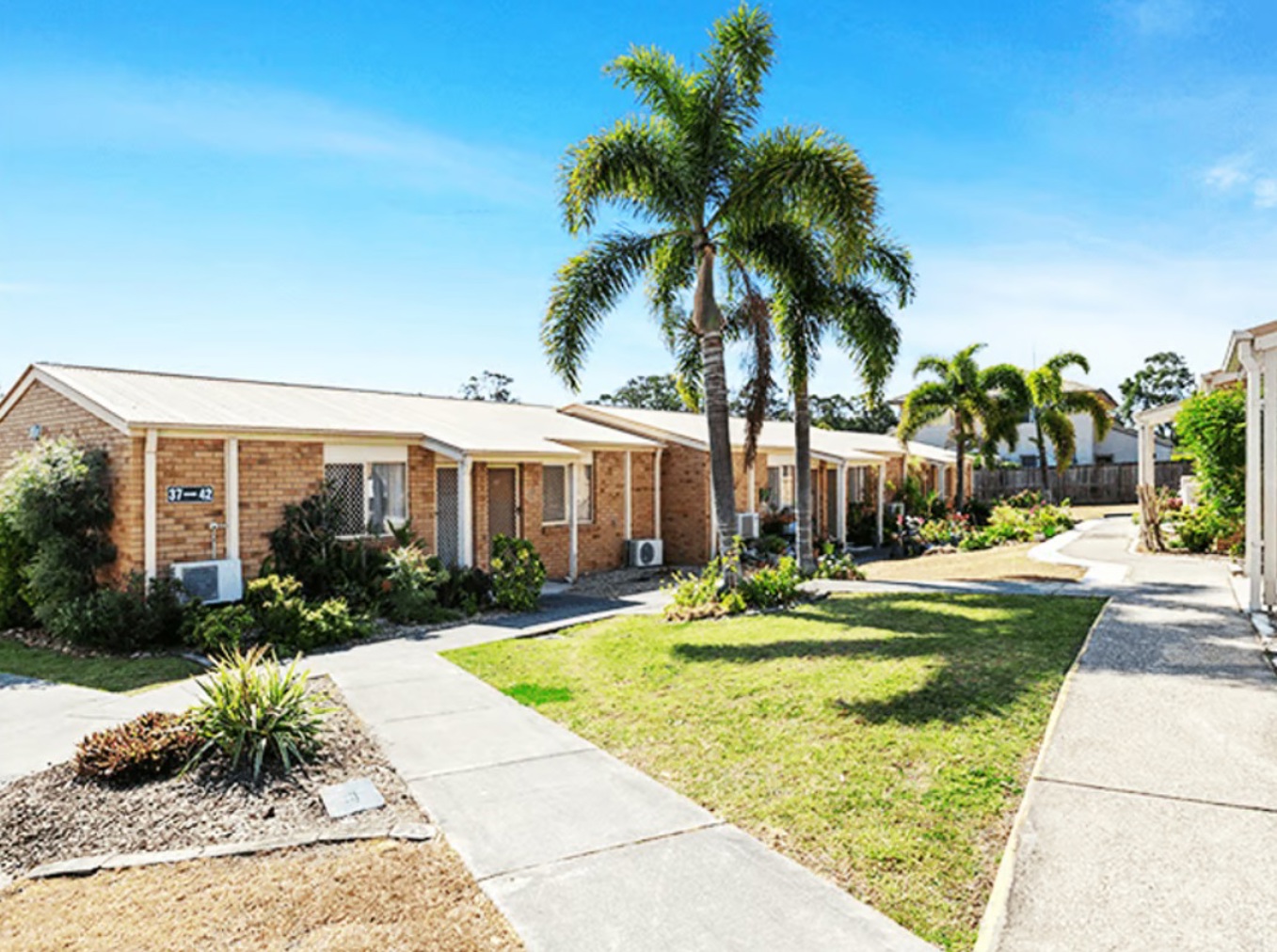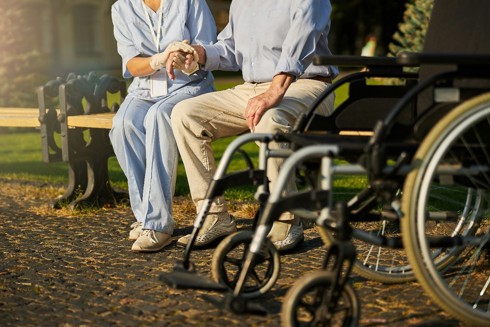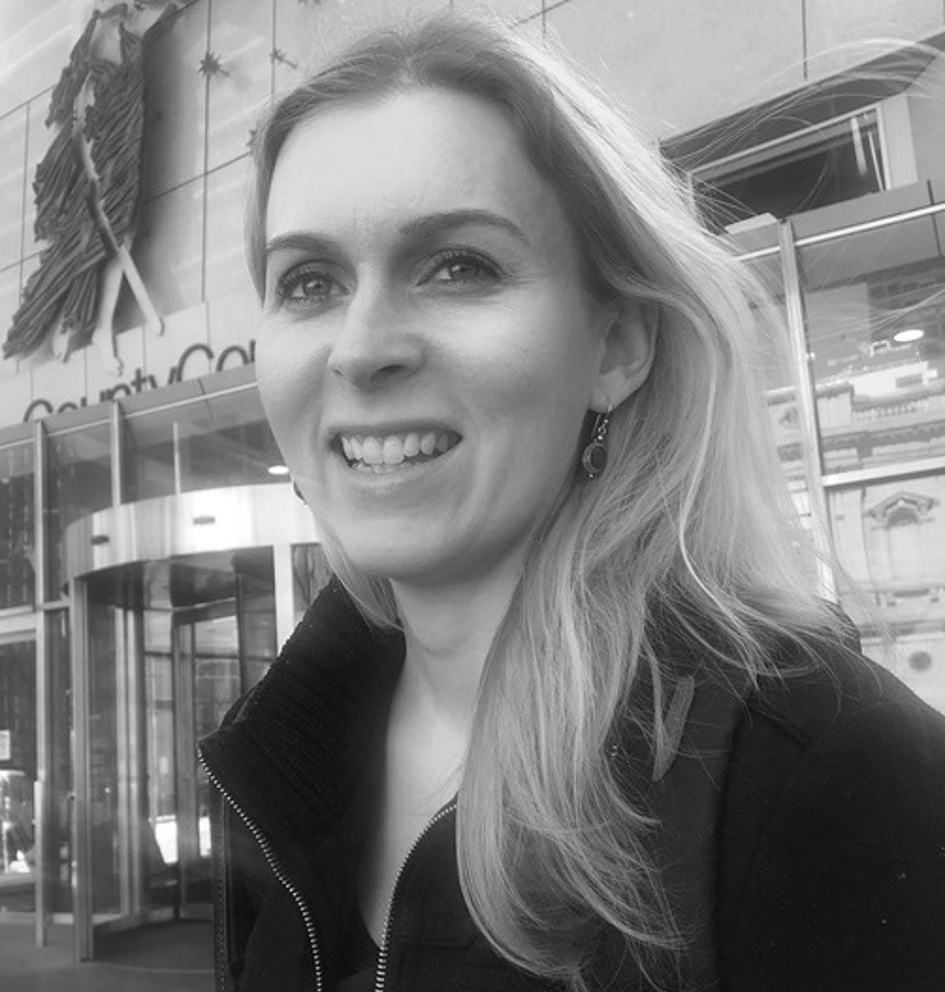How people can keep their teeth looking good as they age
22/02/2024
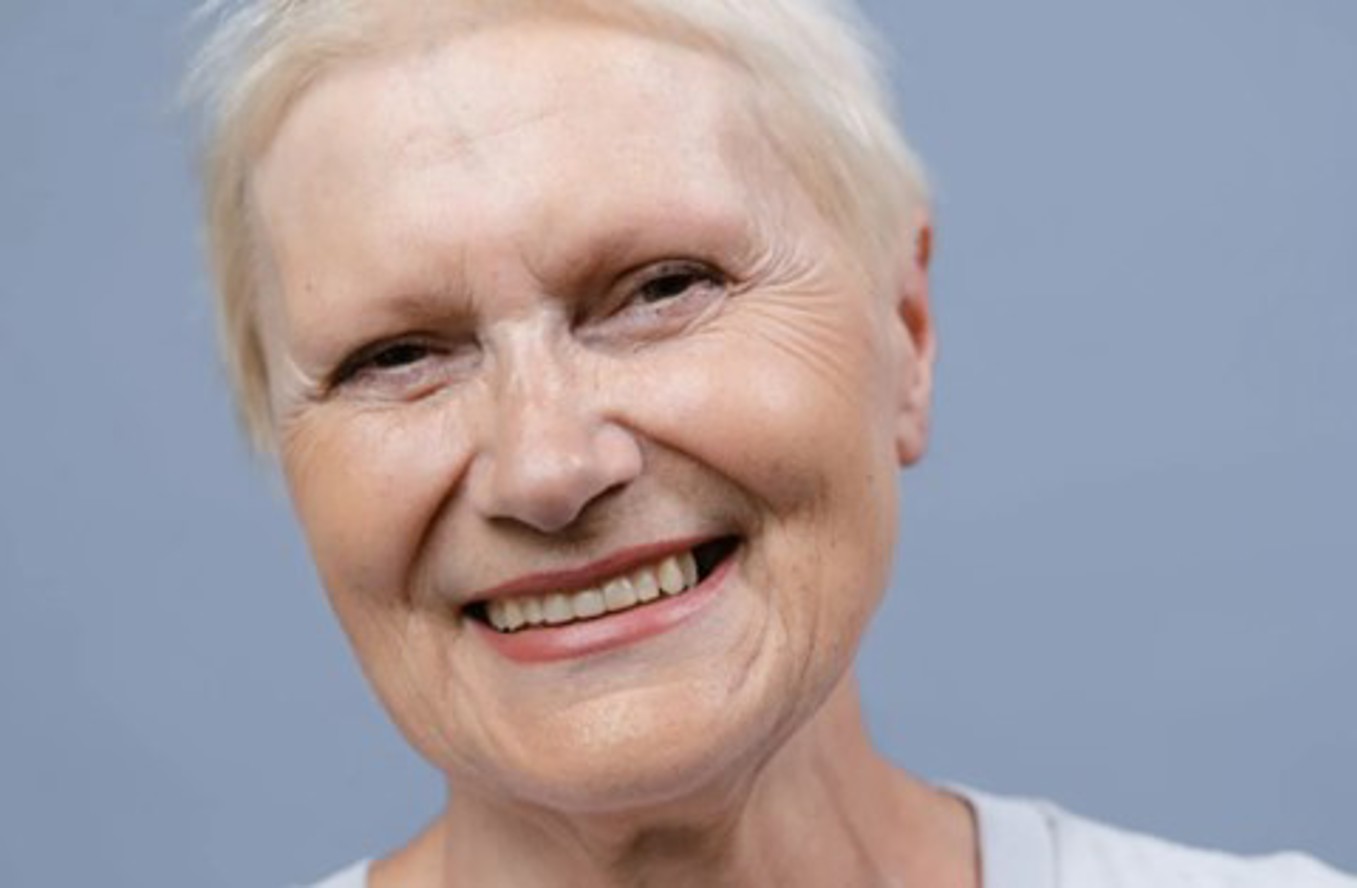
As people get older, wear and tear can take a toll on your teeth, but there’s plenty you can do to keep teeth in great shape.
Cut down wear and tear
Human teeth are very strong, but they can be worn down. All that chewing, grinding, and biting wears away the enamel, the hard, outer layer of teeth. It also flattens the parts people use when they bite and chew.
No-one can erase a lifetime of wear and tear, without having it restored by a dentist, but people can keep it from getting worse. Don't chew ice or other hard foods, which may cause chips in your enamel and even break teeth.
Teeth can also be worn down by a poor bite, which may require orthodontic work, and nighttime grinding (bruxism), which may require wearing a night guard. Seek advice from a dentist.
Keep your gums healthy
Bacteria, called plaque, can cause soreness, swelling, and bleeding in the gums if left untreated.
Signs of gum disease include:
- Bleeding when teeth are brushed;
- Gums that recede, or pull back from teeth;
- Loose teeth
- Bad breath
The best way for a person to keep their gums in good shape is to take good care of their teeth. Brush twice a day and floss every day. See your dentist regularly for check-ups.
Don’t let the mouth dry out
Saliva helps to clean teeth and protect from decay. But as people get older, their mouth gets drier and the odds of tooth decay increase. Medication can also be to blame.
To fight back, drink more water. Hold it in your mouth for a few seconds before swallowing. If you think your medication may be the cause, talk to your doctor.
Be kind to sensitive teeth
Worn enamel, gum problems, and tooth decay can all make your teeth more sensitive.
Good dental care is the best prevention. Brush, floss, and see your dentist regularly. If you have sensitive teeth, your dentist can recommend a toothpaste or in-office treatment that will make you more comfortable.

